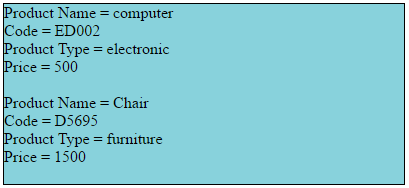

- #INPUT AND GETOUTPUT FOR A TEXTBAR ON JS HOW TO#
- #INPUT AND GETOUTPUT FOR A TEXTBAR ON JS UPDATE#
- #INPUT AND GETOUTPUT FOR A TEXTBAR ON JS CODE#
#INPUT AND GETOUTPUT FOR A TEXTBAR ON JS UPDATE#
#INPUT AND GETOUTPUT FOR A TEXTBAR ON JS CODE#
Your component's rendering code is used by React to generate a virtual DOM that contains an input component (not a DOM element), and binds your onChange handler to that component so that it can be called with React event data (so note that this is not a DOM change event listener, and does not get the same event data that regular DOM event listeners do).both store and present) some string data for your users, with an onChange function for handling user data.

First, we need to get to having a UI element for the user to interact with: So with that covered, let's look how a user interacting with an input element works in React.
#INPUT AND GETOUTPUT FOR A TEXTBAR ON JS HOW TO#
Effectively, the browser DOM is almost an afterthought in this programming model: it just happens to be a super convenient UI framework that the entire planet is virtually guaranteed to have access to (but it's not the only one React knows how to work with) A specific example In this programming model, the app's internal state is the final authority, rather than "the UI your users look at and interact with": if a user tries to type something in an input field, and you did not write anything to handle that, nothing will happen: the UI is a reflection of the application state, not the other way around. When using React, what you're doing is generating application UI elements that present the user with (often manipulable) data, with user interaction changing the state of your application in a way that you define - actions performed by the user may update a component's props or state, which React uses as a signal to generate a new UI representation for changed components, which may cause an update of part of your application interface to reflect the new state. What you're expressly not doing when you use React is generating HTML elements and then using those: when you tell React to use an, for instance, you are not creating an HTML input element, you are instead telling React to create a React input object that happens to render as an HTML input element when you compile your React app for the web, with event handling that is controlled by React.

It's well written, and covers all the basics in a way that actually explains how to do things). It's important to understand how React works, so you can do things properly (protip: it's super worth running through the React tutorial on the React website. There are three answers here, depending on the version of React you're (forced to) work(ing) with, and whether you want to use hooks.


 0 kommentar(er)
0 kommentar(er)
